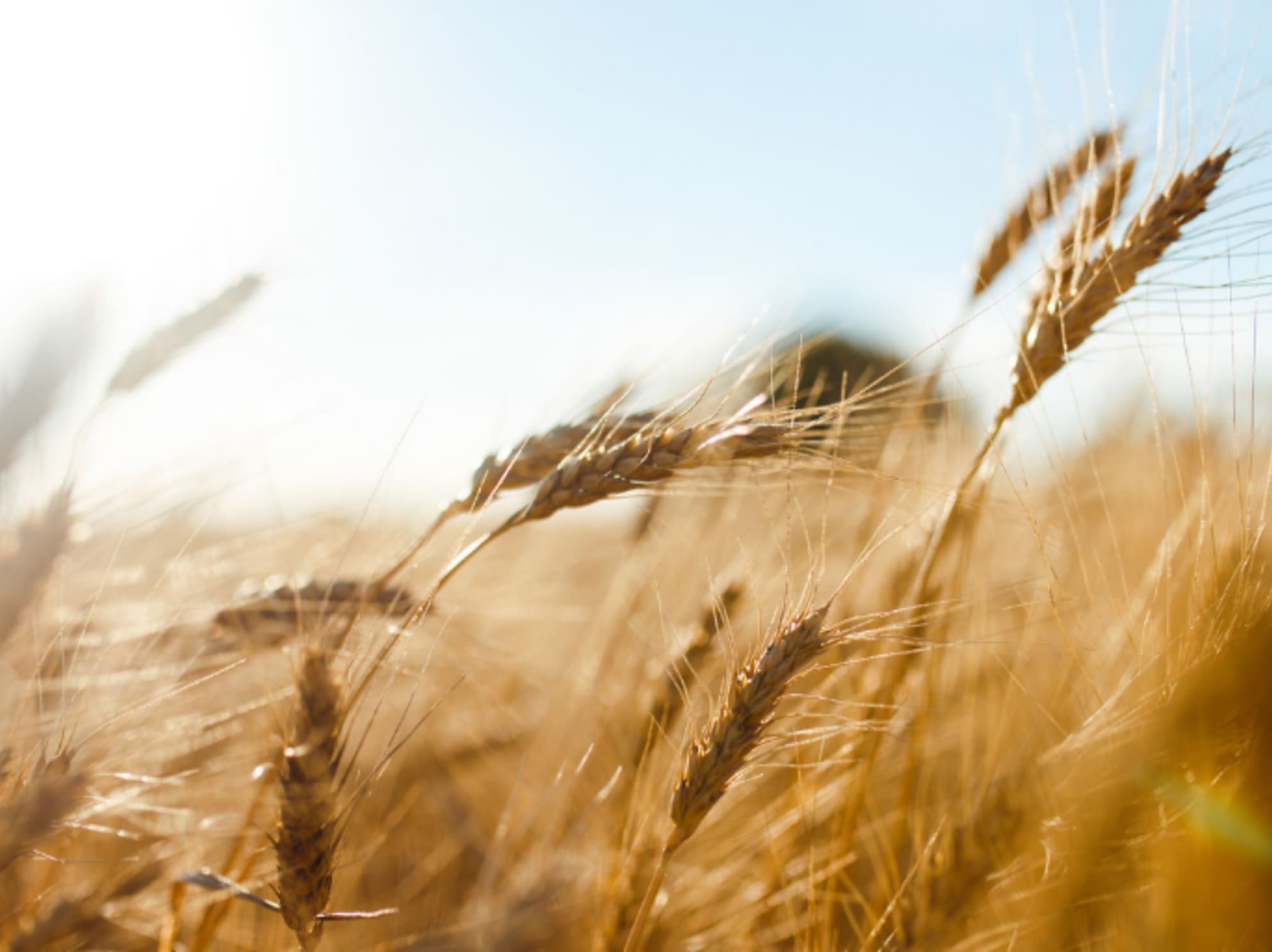Empowering farmers to self-assess agricultural practices
Introducing version 2.0 of the General Mills Regenerative Agriculture Self-Assessment, a user-friendly tool for farmers to self-assess their agriculture practices.
Introducing version 2.0 of the General Mills Regenerative Agriculture Self-Assessment, a user-friendly tool for farmers to self-assess their agriculture practices.

Up to 1/3 of global greenhouse gas emissions stems from the food system, an estimated 80% of which comes from agriculture.[1]
A similar story plays out across our General Mills value chain: 50% of our greenhouse gas footprint comes from agriculture. As a food company, our biggest opportunity for positive impact lies at the farm level of our supply chain.
Our commitment to advance regenerative agriculture on 1 million acres by 2030 builds on decades of work by employees past and present to prioritize the people and places growing our ingredients.
From Gene Kahn’s commitment to using creative biological methods instead of chemical inputs to control pests on the Cascadian Farm Home Farm in the 1970s, to our partnership with The Nature Conservancy to develop a Soil Health Roadmap in 2016, our work to advance positive outcomes in soil health, biodiversity, and farmer economic resilience has been brewing for years.
Our approach to regenerative agriculture seeks to connect best practices to measurable outcomes. While we continue to build out robust scientific methodologies for measuring and researching the outcomes associated with regenerative agriculture (read more here), we recognize the importance of assessing agricultural practices as a proxy for farm-level impact.
This summer, we launched Version 2.0 of the General Mills Regenerative Agriculture Self-Assessment. The assessment is a user-friendly tool for farmers to understand alignment between their agricultural practices and the principles of regenerative agriculture.

In addition to empowering farmers to quantify their implementation of regenerative practices, the tool is designed to help us credibly track progress against our 1 million acre commitment.
The data collection also enables us to substantiate the stories we highlight about our farmers. As one example, we leveraged responses from the assessment to inform the on-package copy on our Annie’s Mac and Cheese SKUs with identity-preserved ingredients grown using regenerative practices.

In making this tool open source, we’re proud to be transparent about our journey in regenerative agriculture while making the assessment available to other companies seeking to gain visibility to farm-level practices.
Learn more, in this video.
The Regenerative Toolbox: Developing and Implementing Self-Assessment Tools from Climate Collaborative on Vimeo.
The self-assessment was developed in collaboration with farmers, scientists, practitioners, and a diverse group of employees across the General Mills family.
Following the launch of Version 1.0 in 2018, we spent 15 months piloting the inaugural version in our 3BOU supply chain while collecting feedback from these key players. We hosted farmer feedback roundtables across the U.S. to engage 140 farmers who helped hone the content of the self-assessment so it can be useful to a variety of farmers across diverse agricultural systems.

To enhance user experience for farmers and to streamline our internal data collection, we are building the tool into a user-friendly web-based survey that will be available this fall.
After two years of collaboration with brilliant farmers, leading-edge scientists, and many different employees across General Mills to build out this iterative tool, this launch represents an exciting next step in our regenerative agriculture journey.
As the journey continues, I feel immensely proud to be working with a company committed to shifting the agricultural paradigm at scale – starting with how we partner with our farmers.
[1]Vermeulen, S., Campbell, B. & Ingram, J. (2012). Climate Change and Food Systems. Annual Review of Environment and Resources, 37, 195-222.